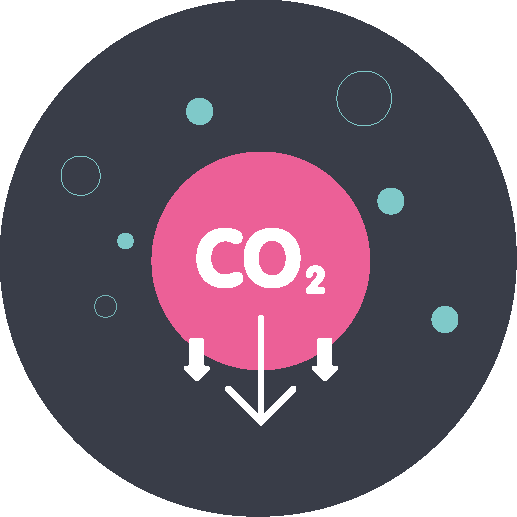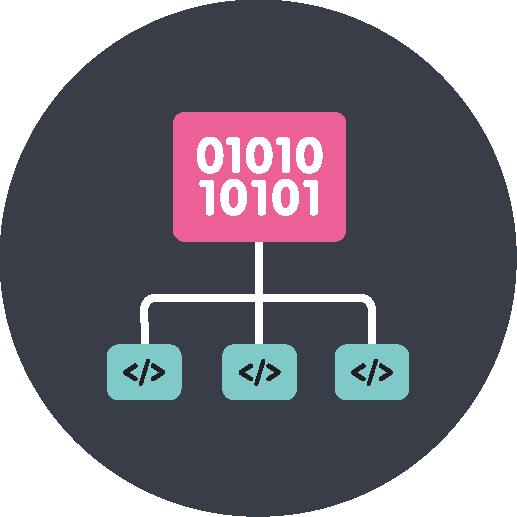











What we’ll dig into
System integration, deployment speed, peak-demand and peak-heat challenges, resilience to stress events, market and policy trade-offs, and the practical engineering and delivery steps for scaling low-carbon technologies.
Why this matters
With 2050 just 25 years away and legally binding targets closing the clock, the choices we make now will decide whether those targets become reality. Built on almost two decades of Energy Technologies Institute and Energy Systems Catapult research, ITNZ flipped the frame in 2020 - from an 80% aim to a full 100% carbon reduction - and ITNZ 2024 then stress-tested futures with two added scenarios (rising protectionism and fast innovation).
More than 3,600 model runs underpinned that work and the verdict was stark: system slack is vanishing, cost curves remain daunting, and true stress events - severe cold snaps, supply shocks and grid faults - could still tip us off course unless we fix the nuts and bolts.









Innovating to Net Zero (ITNZ) 2026 pulls the future forward: the full report launches on 25 February 2026, and over the coming months we’ll release short, sharp blogs, evidence drops and insider briefings that expose trade-offs, test system resilience and spotlight the technologies and policy choices that will decide whether the UK hits Net Zero. Expect hard evidence, urgent debate and practical fixes.
We’ll publish insight pieces and technical deep dives that translate thousands of model runs into usable evidence; host expert guest interviews that surface real-world lessons; and drop targeted data that spotlights where decisions must be taken now to avoid being locked into costly, brittle paths.
Our flagship report and event land on Wednesday 25 February 2026 – until then we will have a rolling series of blogs, data drops, and expert insights that move us from pathway maps to real-world solutions.
Net Zero 2026






A front-row seat to Innovating to Net Zero 2026
Jon Saltmarsh, CTO announces the launch of "Innovating to Net Zero 2026", moving beyond national pathways to examine specific technical challenges like demand flexibility and long-duration storage, with the flagship event launching February 25, 2026.



Mind the (peak) gap
Energy Systems Catapult identifies four critical "peak gaps" in renewable energy systems that require different balancing solutions: daily, instantaneous power, energy, and durational gaps ranging from minutes to months.




Beyond coal and gas- keeping the electricity system balanced
As the UK moves beyond coal and gas, energy flexibility (balancing supply and demand in real-time) becomes critical, requiring four new approaches: adjustable generation, demand shifting, energy storage, and interconnectors to replace traditional fossil fuel-based flexibility.


All Aboard the Systems Paradigm…
Just as people are getting comfortable with the acceptance of all things “systems” there is a natural hesitation to introduce the term ‘system of systems’. But that is exactly what we must deal with as we strive to achieve a more sustainable, equitable, interoperable, and resilient energy system.




Peak performance needs a digital boost
A cleaner energy system needs to be fit enough to survive the day-to-day demands we place on it. Let’s look at the digital innovations needed to unlock its full potential.


Bridging the gap with high-density pumped hydro storage
With the UK crying out for more long duration energy storage, RheEnergise CEO Stephen Crosher explains how rapidly-scalable High-Density Hydro can bolster energy system flexibility using a fluid that is 2.5x denser than water.






